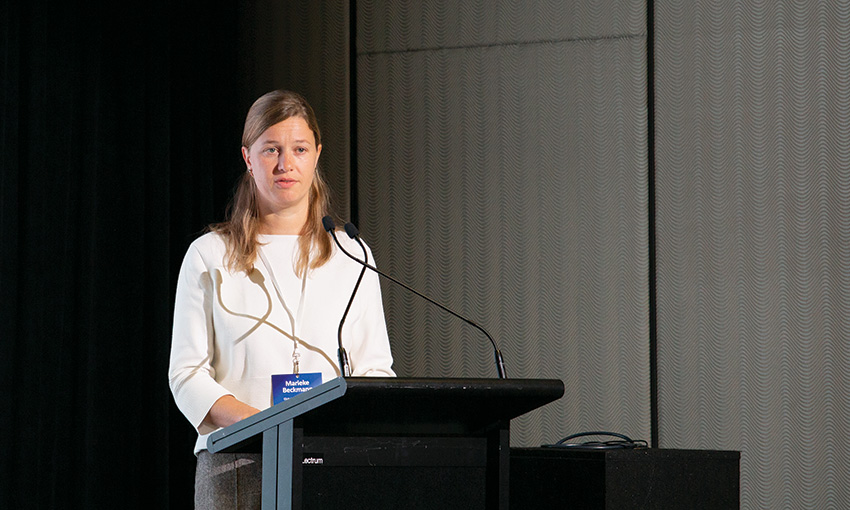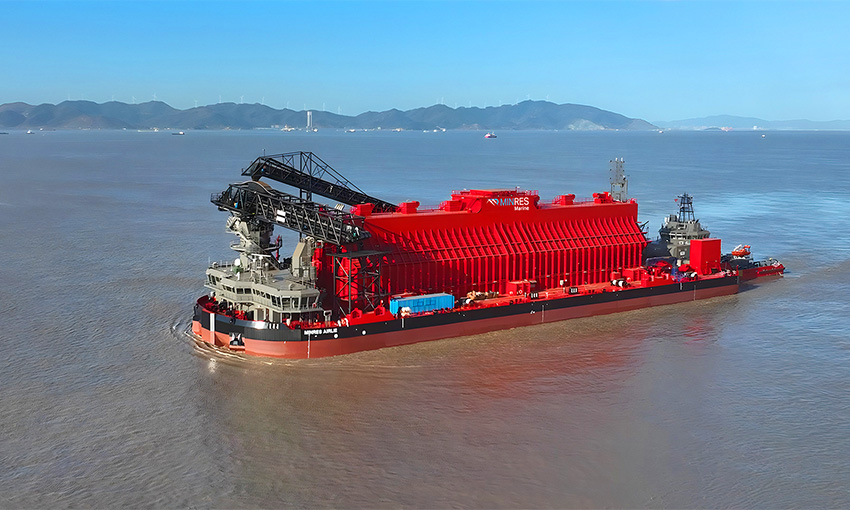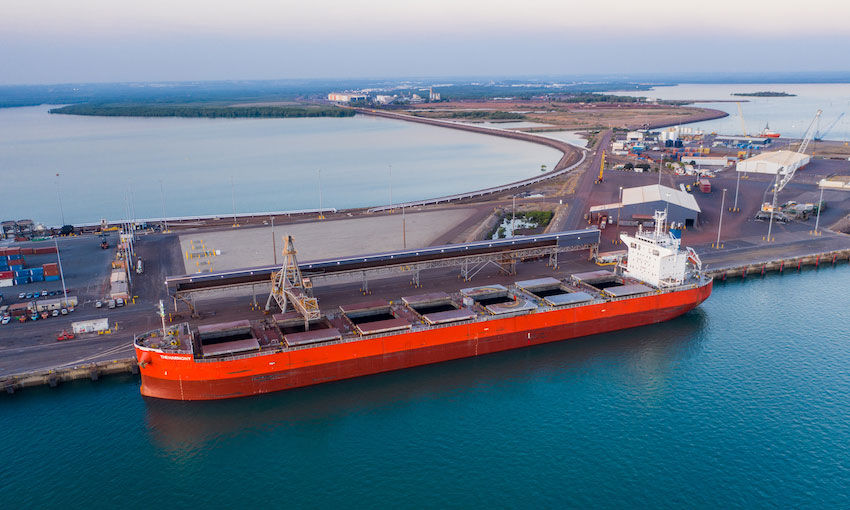AN INDUSTRY roundtable in Sydney has outlined what it considers priorities for establishing a green maritime corridor between Australia and Asia.
Getting to Zero Coalition members and Australian shipping and energy stakeholders formed a taskforce in June to support the development of the Australia-East Asia Iron Ore Green Corridor.
The proposed green corridor would facilitate the transport of iron ore along a shipping route that supports net-zero-emission fuels.
Taskforce participants came together for an in-person roundtable at Maritime Industry Australia’s decarbonisation summit in October. The Global Maritime Forum hosted the roundtable with MIAL.
Shipping companies Cargill, NYK Line, Oldendorff Carriers and Star Bulk; resource companies BHP and Rio Tinto; future fuel suppliers such as Yara Clean Ammonia and other stakeholders including ClassNK and Pilbara Ports Authority also joined the roundtable.
GMF said an immediate next step in establishing the green corridor is to finalise the assessment of clean ammonia fuel demand and supply.
A consortium led by GMF in collaboration with BHP, Rio Tinto, Oldendorff Carriers and Star Bulk plans to publish the assessment in early 2023.
Roundtable chair Marieke Beckmann, who is also GMF senior program lead on decarbonisation, said dialogue is needed to accelerate the corridor’s development.
“There is significant and concrete interest in establishing the Australia-East Asia Iron Ore Green Corridor from industry,” Ms Beckmann said.
“Co-ordination between the maritime and energy sectors is critical in order to overcome challenges and scale impact.
“Industry alignment is also important to enable strategic collaboration with the public sector, which could be the main difference-makers going to support first movers in bridging the cost gap for zero-emission fuels.”
Ms Beckmann also considered the risks of ammonia during a presentation at the decarbonisation summit.
Research around the use of ammonia is still in its early stages, and there is concern about how an ammonia fuel spill could impact life and marine environments.
“We are very aware of the toxicity issue, this is something that has to be addressed, abut there are a number of projects in the pipeline, and we are keeping very close track of that,” Ms Beckmann said in her presentation.
Roundtable participants also discussed the task of matching clean ammonia supply with demand.
They highlighted industry action areas to support the task, such as evaluating and quantifying fuel demand and supply, ensuring ammonia is handled safely, and co-ordinating investments across the value chain.
Participants also discussed potential challenges to industry actions, including cross-sector competition for green fuels, the need for government support and public acceptance of ammonia as a fuel.
Joint statement on developing a green corridor
Following roundtable discussions, participating stakeholders released a joint statement setting priorities for developing the Australia-East Asia Iron Ore Green Corridor.
“As future fuel suppliers, ship owners, cargo owners and investors in the Australia-East Asia region, we strongly support joint industry action and strengthened coordination between the energy, resource, and maritime sectors to help enable the development of a green corridor for transportation of iron ore between Australia and East Asia,” the statement says.
The first priority is to create a shared understanding of what a realistic fuel supply and demand looks like and how it can be initially aggregated across the green corridor.
The second is to map the key needs and requirements of actors and parts of the value chain that will accelerate the corridor’s development.
The third priority is to promote the development of a regulatory framework for safe operation of ammonia-fuelled vessels.
The joint statement suggests the third priority would involve implementing safety standards for bunkering, fuel handling and ship construction, as well as crew training and environmental protection.
And the fourth priority is to engage with critical public sector actors to define and promote the benefits of the green corridor.
Signatories to the joint statement also acknowledged the challenges of technological and infrastructural readiness (for ammonia production and supply) and the need for clean ammonia regulation.
They also acknowledged the challenges of developing safe bunkering infrastructure, procedures and standards, and the need to understand the carbon intensity of future fuels throughout the value chain.




